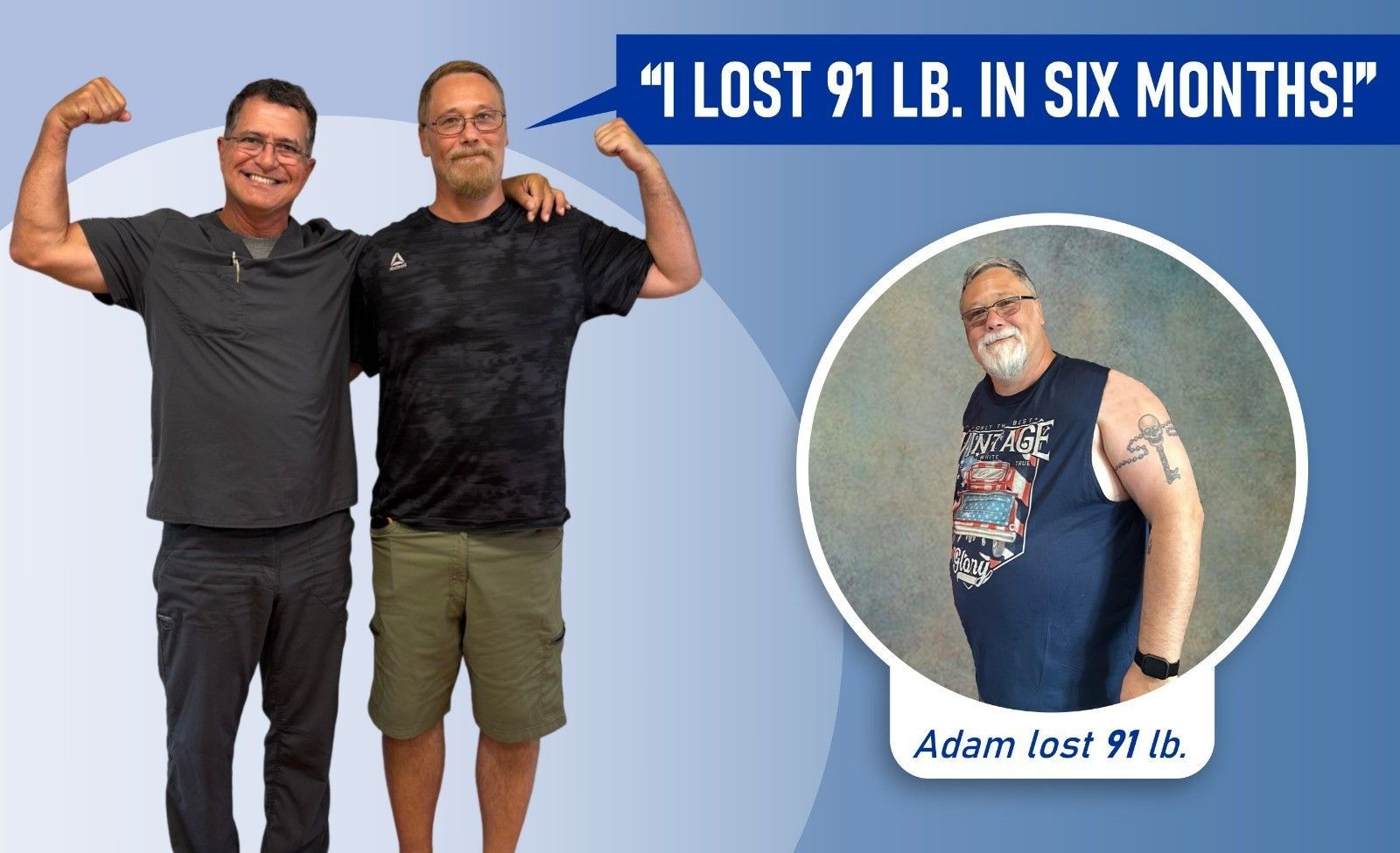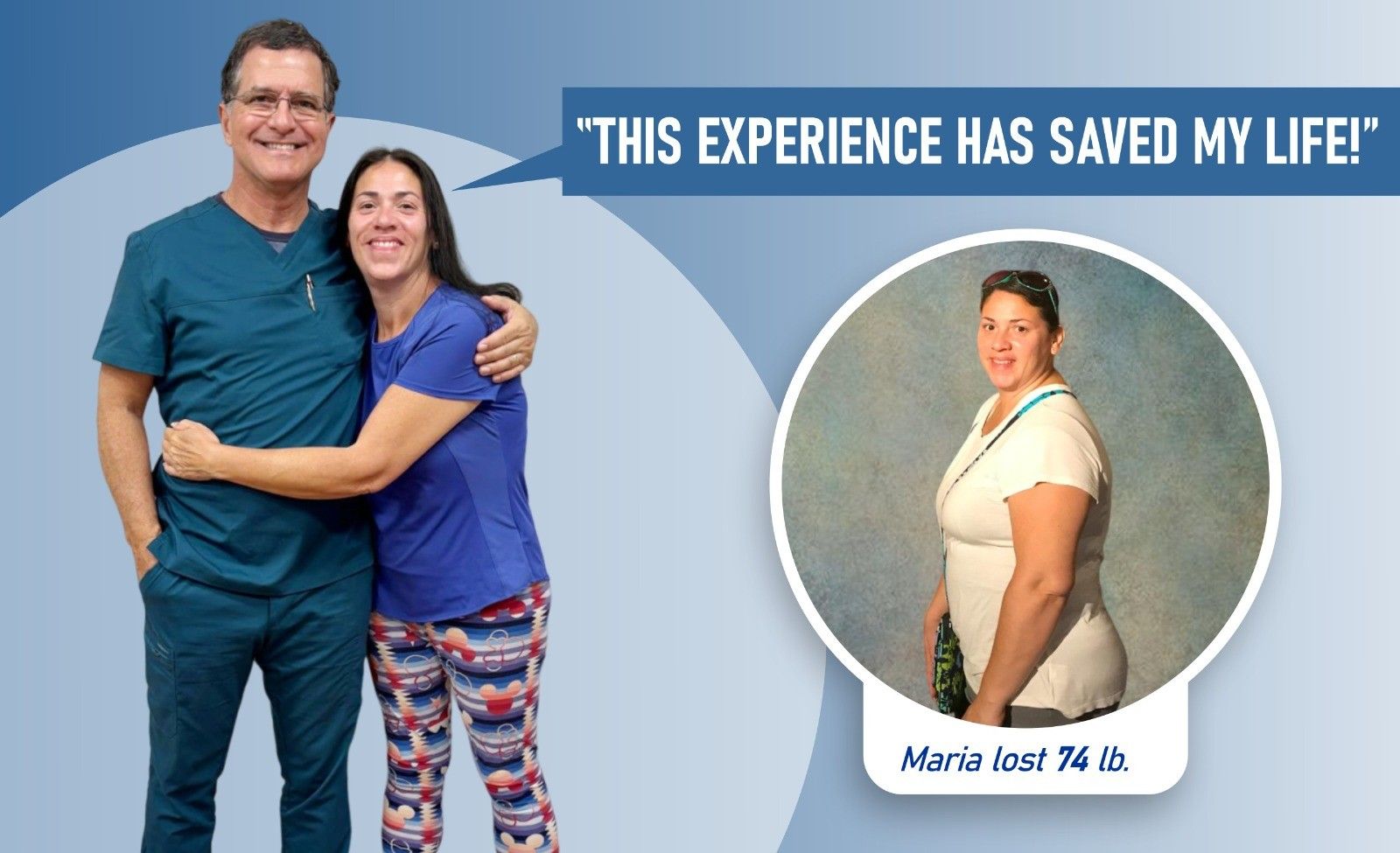Intra-Gastric Balloon FAQs
Is the intra gastric balloon a new concept?
The idea of placing a device in the stomach is not new. Older models were developed over 30 years ago. The design and how it is filled has changed over several decades. Outside of the U.S. over 220,000 intra gastric balloons have been placed in about 80 countries. It was approved for U.S. use by the FDA in August 2015.
How does the intra gastric balloon works?
The balloon is a space occupying device. Once in the stomach it is filled to a size of a grapefruit with sterile saline. It promotes satiety, meaning you are not as hungry. Smaller meals will cause the sensation of having a larger meal.
Does the intra gastric balloon promotes weight loss without any dietary changes?
No. If someone eats or drink items that are known to cause weight gain, the procedure would not be as effective. Proper evaluation, and guidance in what to eat or not, with appropriate follow up will increase the weight loss. The intra gastric balloon makes someone not think as often in food, making it easier to avoid temptations.
How is the gastric balloon procedure performed?
The balloon is introduced via an endoscope, similar to the ones used to evaluate if someone has gastritis or ulcers. No surgery is required. The doctor initially uses the endoscopic camera to evaluate if any contraindication for placement of the balloon is observed in the stomach. The balloon is then placed through the mouth, and down the esophagus into the stomach. Once inside the stomach, it is filled with sterile saline, through a thin tube attached to the balloon. Once filled to a size of a small grapefruit, the doctor removes the filling tube. The balloon stays on the upper portion of the stomach. The patient is later discharged home within one or two hours after balloon insertion.
Who is a candidate for the intra gastric balloon?
In the US, the intra gastric balloon was approved by FDA for patients with a body mass index (BMI) between 30 and 40. Outside of U.S. it has been used in patients with a BMI of 27 or greater. It is used in patients that are not interested nor suitable for bariatric surgery.
Can the Gastric Balloon stay in the stomach indefinitely?
No. The Gastric Balloon was designed to stay in the stomach for 6 months. Although the balloon is very strong and proven safe, it can be degraded by the stomach acid and grinding mechanisms if left longer than 6 months. The balloon can be replaced with a new balloon later if desired.
Can the gastric balloon deflate spontaneously?
Although the chance of leaks is rare, it can happen. The doctor can add a colored dye, Methlyene Blue, inside the balloon. In case of a leak, your intestine will absorb this dye causing your urine to be green in color. This will alert the patient of a possible leak. Someone with a balloon, and with a change in the urine color must notify the doctor immediately for further evaluation.
How is the intra gastric balloon removed?
The intra gastric balloon is removed similarly to its placement. Using an endoscope, the physician introduces a catheter through the mouth and into the stomach. The balloon is then perforated, and the saline solution is aspirated. The balloon is then grasped and removed.
How much weight can I lose with the gastric balloon?
The intra gastric balloon patients can lose 3 times more weight than the patients without balloon. During the FDA balloon trial, patients were divided in two groups. One received behavior modification but no gastric balloon. The other group received the behavior modification and also the gastric balloon. The weight loss in the balloon group was in average 21.8 pounds. The other group lost only an average of 7.0 pounds. The amount of weight you lose and maintain will depend on how closely you follow your recommended dietary and life style adaptation.
What are the side effects seen with the intra gastric balloon?
Once the balloon is placed, the stomach will attempt to either push it down or bring it up. It is likely that someone will experience nausea, and possible some vomiting for a few days after placement. Eventually the stomach will adapt to the balloon. The patient will be prescribed several medications to minimize the nausea. Some patients may experience some stomach cramps but again, medications will be prescribed to minimize it. Patients will be asked to initially concentrate in drinking plenty liquids to minimize the chance of dehydration.
What is the recovery time after the procedure?
Someone should plan stay at home for at least three days to recover from the procedure. Resume of normal activity will depend how fast someone’s stomach adapt to the balloon. Again, the main side effect will be the nausea.
Am I going to need office visits after the procedure or should I return only to have it removed?
The gastric balloon is only a tool to assist you in not been as hungry. You MUST have proper follow up with evaluation and guidance to change what have cause you to gain weight. Monthly visits are expected and encouraged. You will need assistance with better eating habits and healthy lifestyle. During the six months when the balloon is in placed, you will be educated in how to prevent the weight from coming back after the balloon is removed. Any weight loss procedure, surgical or non-surgical, must have proper follow up to allow better success in preventing the weight regain.
Will the intra gastric balloon limit my activities?
Patients in general are recommended to refrain from strenuous activities for the first week or two. After your stomach has adjusted to the balloon you can resume your normal activities. Patients can start with normal walking as they feel like doing it. Proper exercise program is encourage and will improve your success.
Can I eat and drink anything I want? Are there any restrictions?
Initially we would like you to concentrate in hydrating yourself well. You will rapidly transition into full liquids, soups, to regular food. Later you will have no food restrictions in respect of consistence. You will be educated in foods to eat or to avoid that can interfere with your weight loss. Alcohol consumption in moderation is fine and we will educate you in better choices. Although you will not feel like overeating, we will strongly recommend you not to do it.
Weight Loss Procedures
Patient Success Stories







